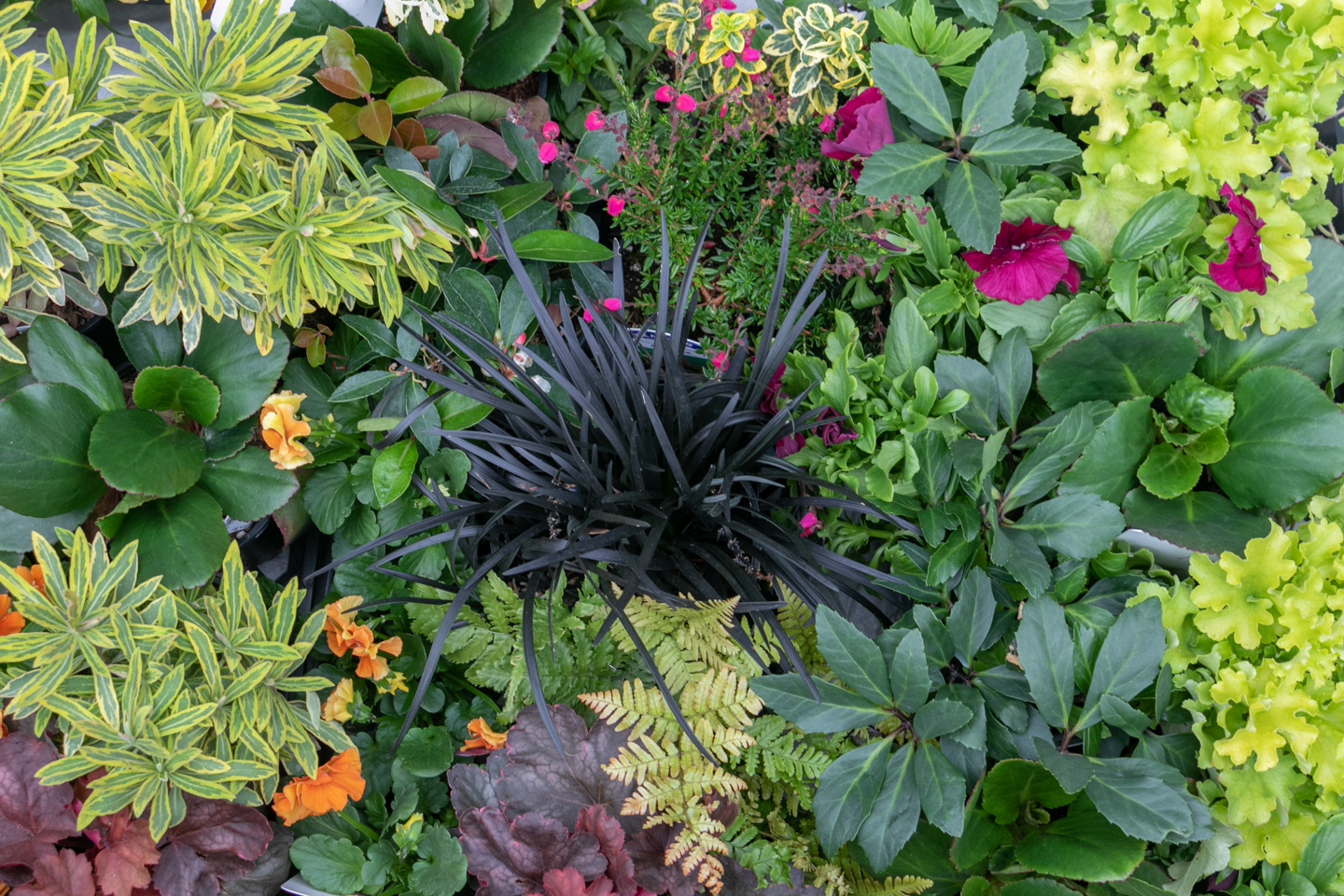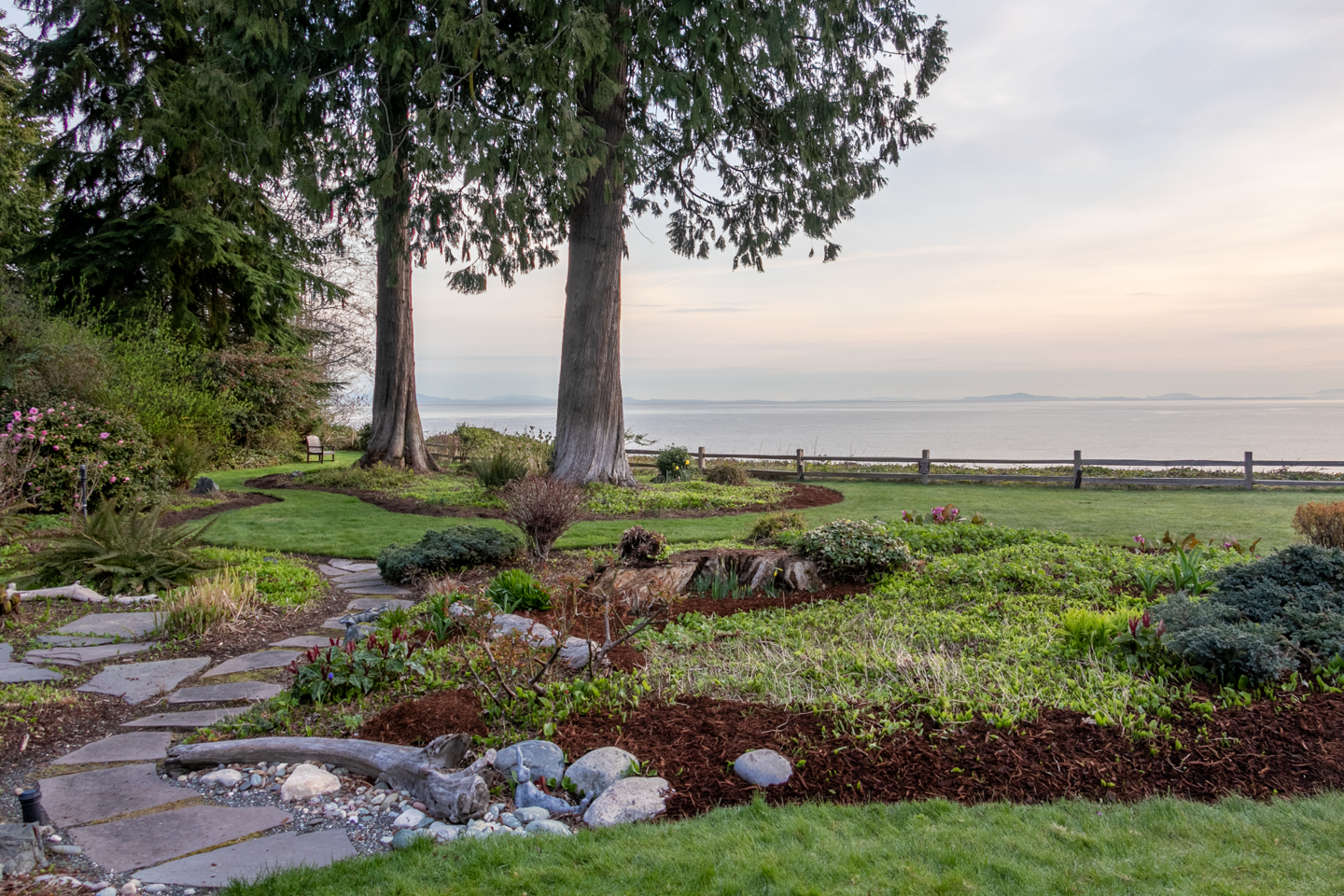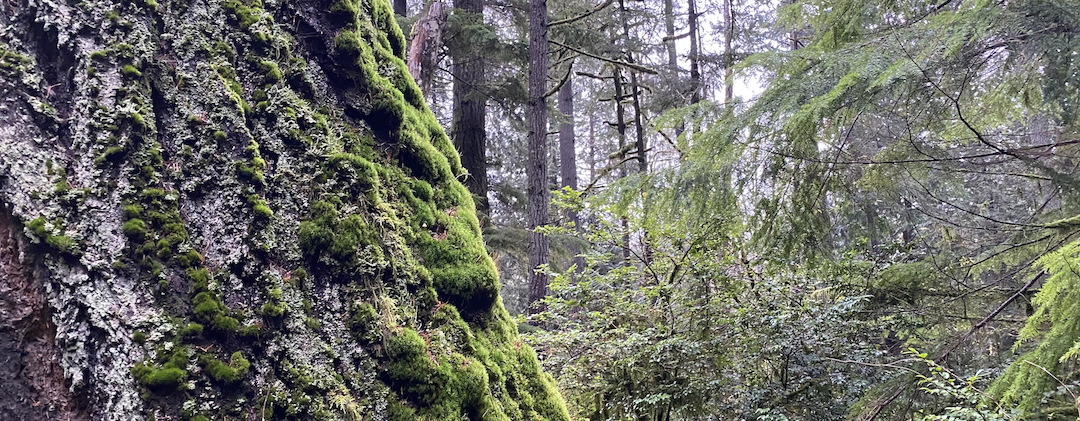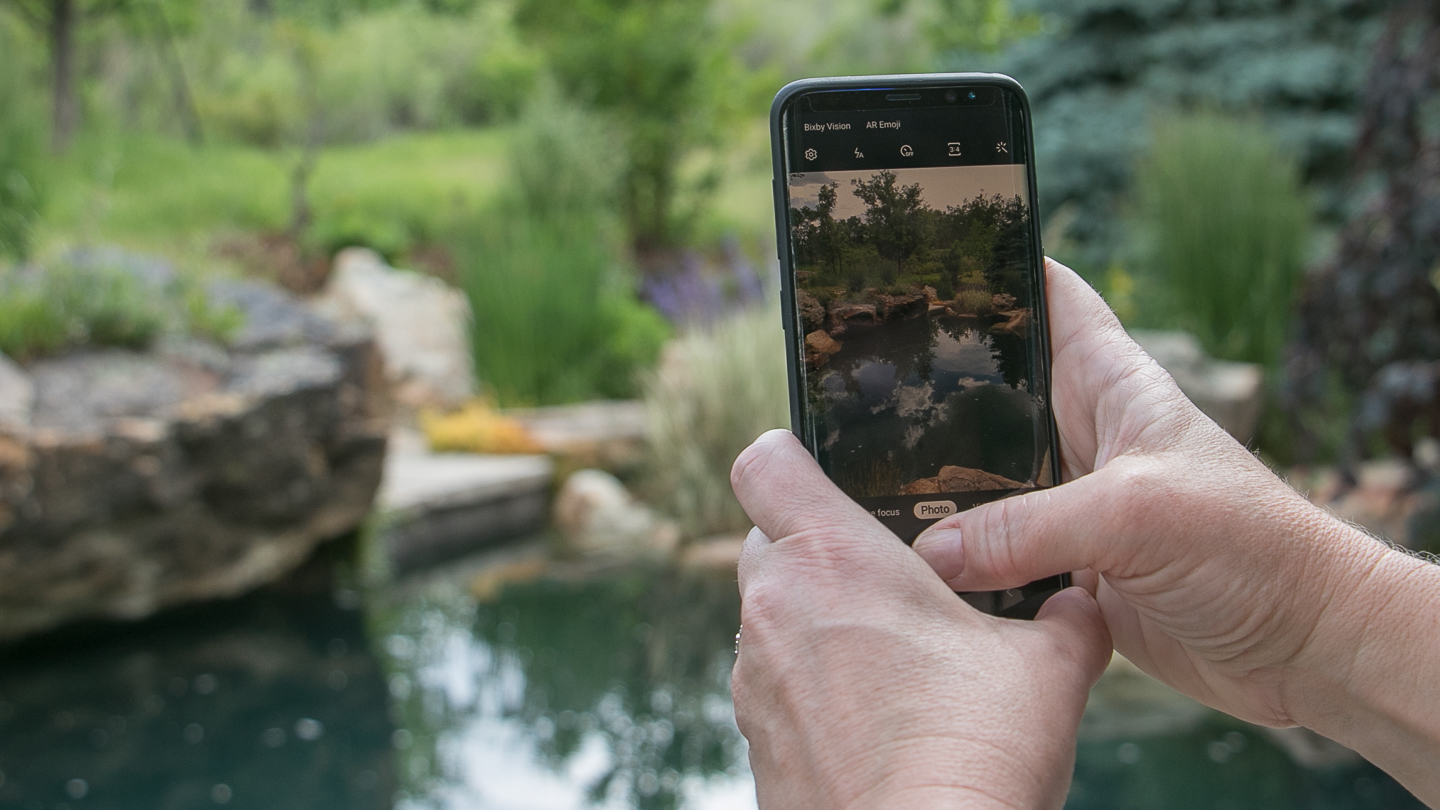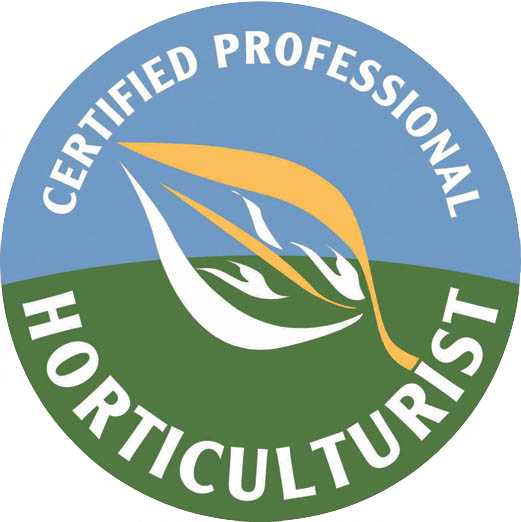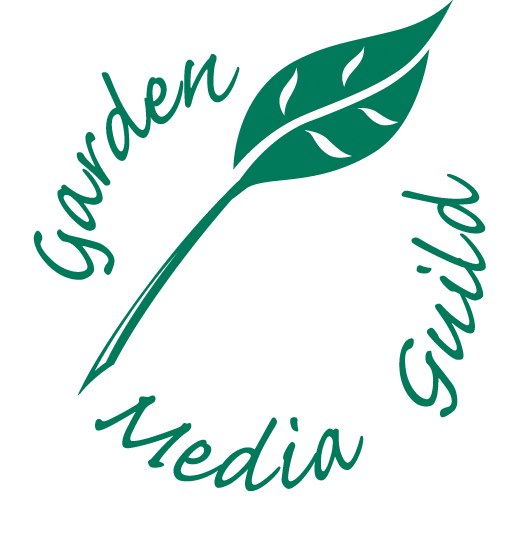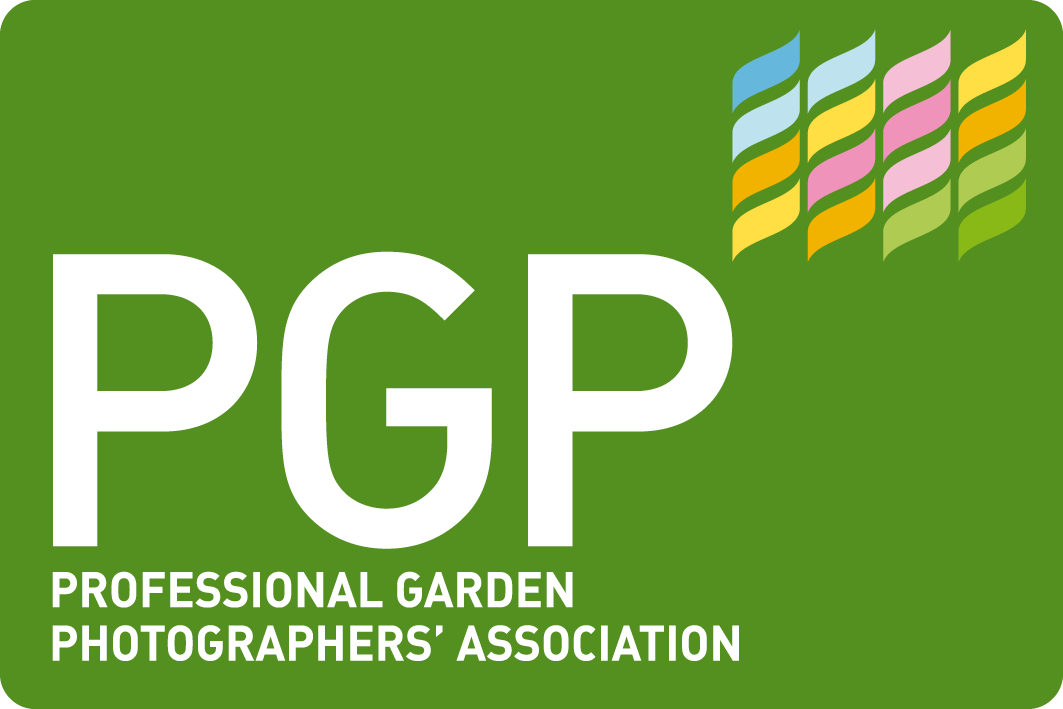In 1977 Christopher Alexander published an architectural tome about how towns and buildings were typically constructed so that beautiful, functional and meaningful places can be created. These thoughts were abstracted in 2007 into “A Pattern Garden” by Valerie Easton to help you develop satisfying garden spaces by recognizing common elements in a garden, and to show you how they are creatively interpreted by gardeners to make gardens individual and personalized.
Independently, I found over my past 10 years of photographing gardens that there are certain elements in gardens that are universally pleasing, and that they follow similar patterns. I noticed that I became a better photographer by recognizing these elements when I visited gardens across the United States and the UK, and I am now a better gardener by applying them in my new garden.
Additionally, with the rise of smartphones and the internet, I see the rise of truly horribly composed images in gardens where many are taken with a “spray and pray” mentality. Through exhaustive research I developed my own set of photography patterns that help me shoot garden elements better.
The two are inexorably intertwined; learning one will help you with the other. My blog will focus on each in turn, perhaps too exhaustively. Save this post for links to each post as they are published.
Learning how to see in the garden will make you a better photographer
Valerie Easton’s patterns are:
- Scale
- Garden Rooms
- Pathways
- Bridges
- Gates
- Shelters
- Borders
- Patios
- Sheds
- Focal Points
- Water
- Ornamentation
- Containers
- Materials
I add that you also need
- Walls (and Hedges and Trellises as subsets of Walls),
- Stairs, as a subset perhaps of paths, but notable in their own right as stages for containers.
- Transitions, as a higher level than Gates, because it also includes where paths intersect, or gaps in hedges, or simply where materials change.
- Layers of plant types from ground covers, perennials and grasses, shrubs, small trees, to over-story trees. I live in a forest, so naturally these are things I find in my environment; if you live in a city, your over-story layer might be tall buildings!
- Framing, both the literal, whimsical frame formed by a gap in a fence, but also how you align plants and trees on the property to lead the eye toward focal points.
- Enclosure, in which Sheds belong, but also the comfortable feeling when you’re in a patio with a low wall, or seating nestled into the garden.
- Design Processes. Valerie Easton mentions Scale, but I would add Repetition and Contrast, as well.
- Food. Gardens should include some element of edibility, even if initially planned as wholly ornamental, adding lavender, sage, and other edible, smelly plants is essential. Often we come to gardening in search of physical nourishment, and we find emotional nourishment in the process.
Learning how to point your camera will make you a better gardener
To combat the “spray and pray” technique, I outlined the following techniques to help you frame the garden elements outlined above in your viewfinder in a more pleasing manner. When you look for these elements, you’ll make a better photographer. Many of these techniques are things you can “fix” or refine using image editing software, but you can also train your eye to recognize and compose these shots in camera.
Framing your view
The view finder restricts your field of view from the approximately 180^ binocular and peripheral vision to the simple rectangle through the camera. We can divide that rectangle into the following framing, some I use by instinct when composing an image, and others I refine with software after I click:
1. Center framing
2. Thirds (the easiest framing and one I use most often, by instinct)
3. Fifths
4. Triangles
5. Golden Spirals
Following the Lines
I also look for lines in the frame, both physical lines, but also implied lines:
6. S-Curves
7. Leading Lines
8. Diminishing Lines
9. Repetition
10. Texture
Other artistic Elements
Any art class will also identify:
11. Contrast
12. Tone
13. Balance
14. Symmetry
15. Scale (we see this above in the garden pattern language too)
16. Pattern
17. Odds
18. Negative Space
19. Fill the Frame
20. Direction and Blur (this is more about implied direction of movement, say, of birds in the garden, and how you use your camera to stop motion, or blur elements to imply dramatic motion.
When you know how to compose an image using these elements, you’ll also be able to apply them to your garden when combining plants to have interesting contrast in texture or tone, or repeating them across your garden borders.
Gardens and Photography. Inexorably intertwined; learning one will make you better at the other.


